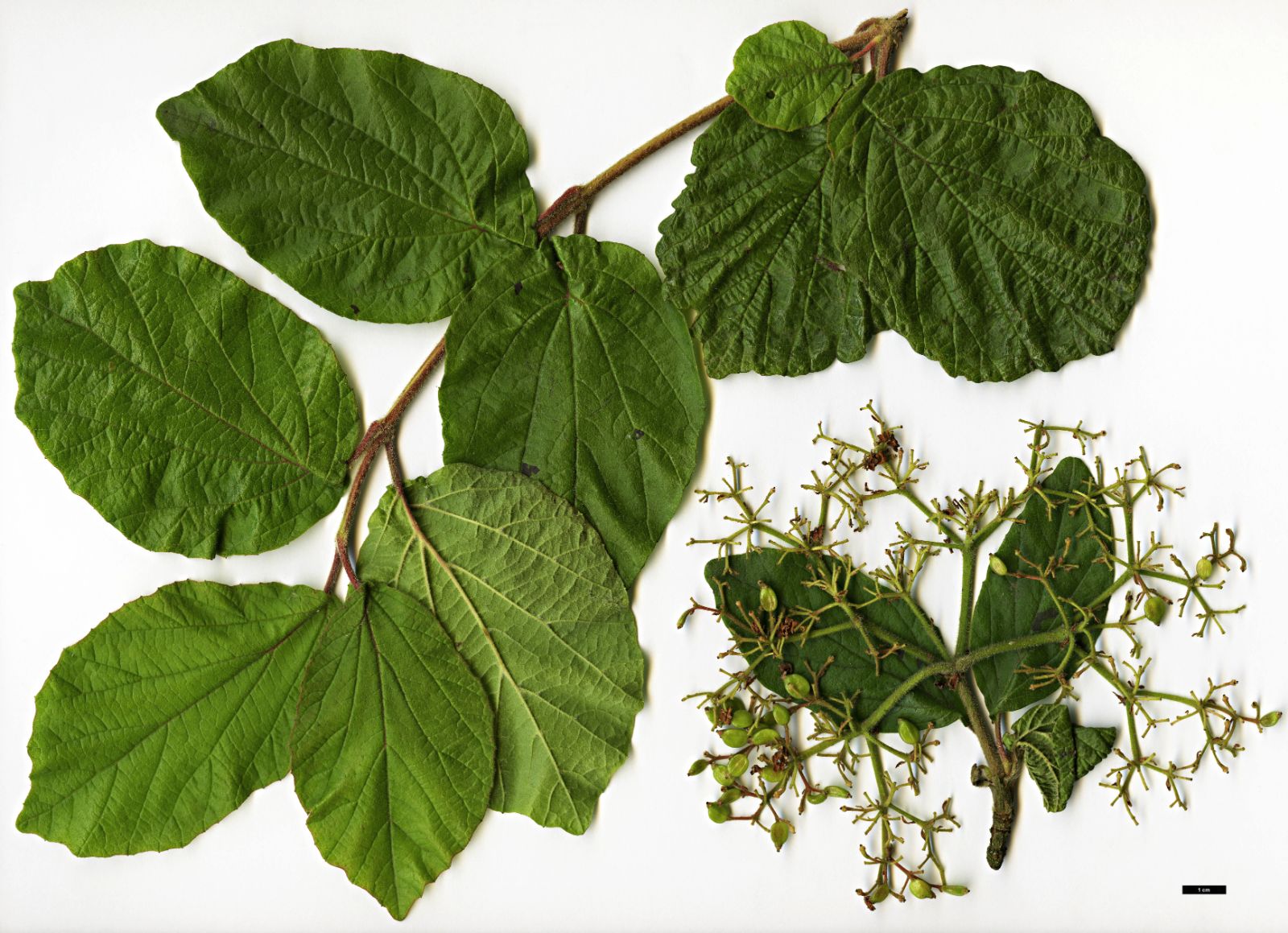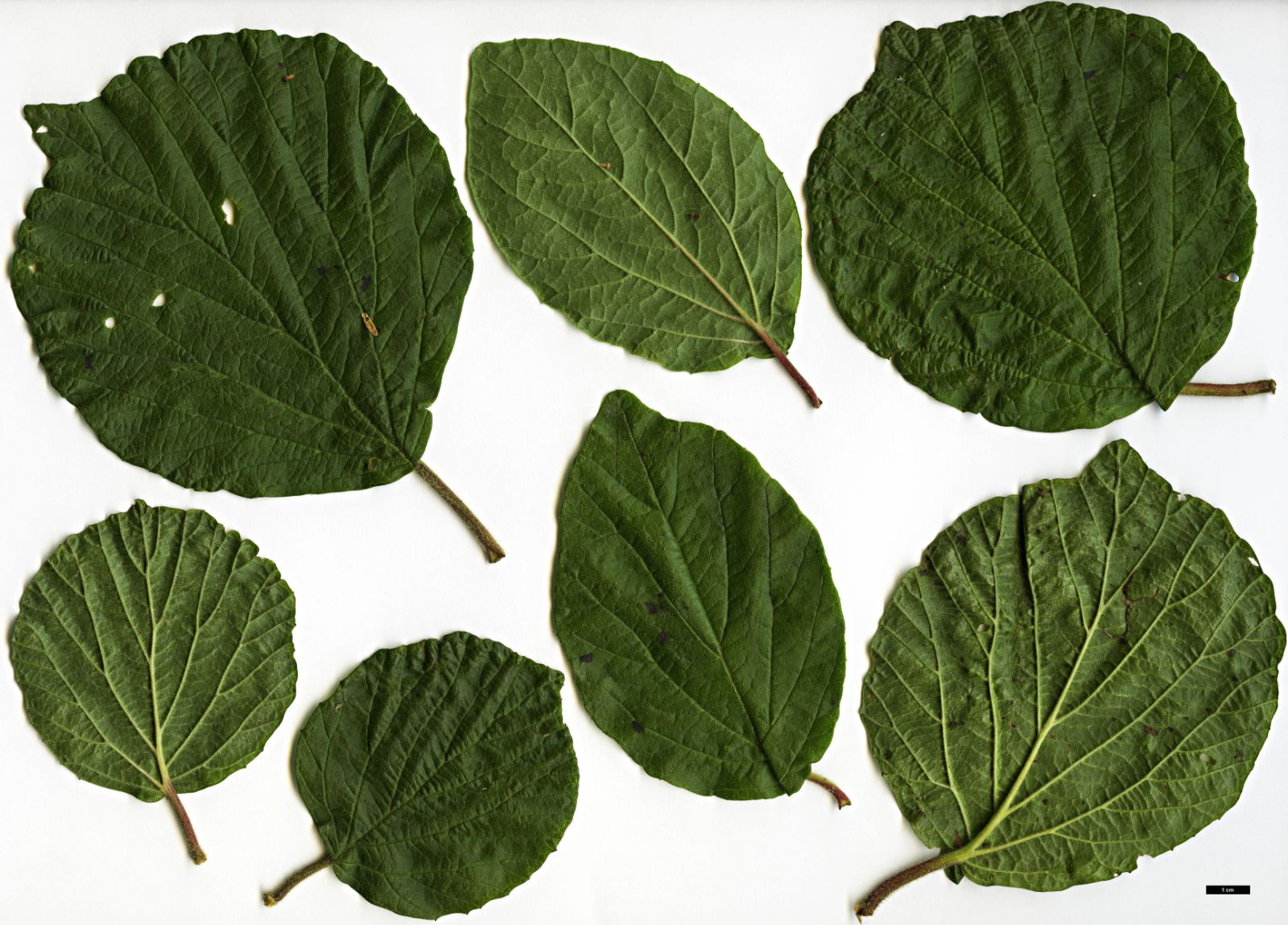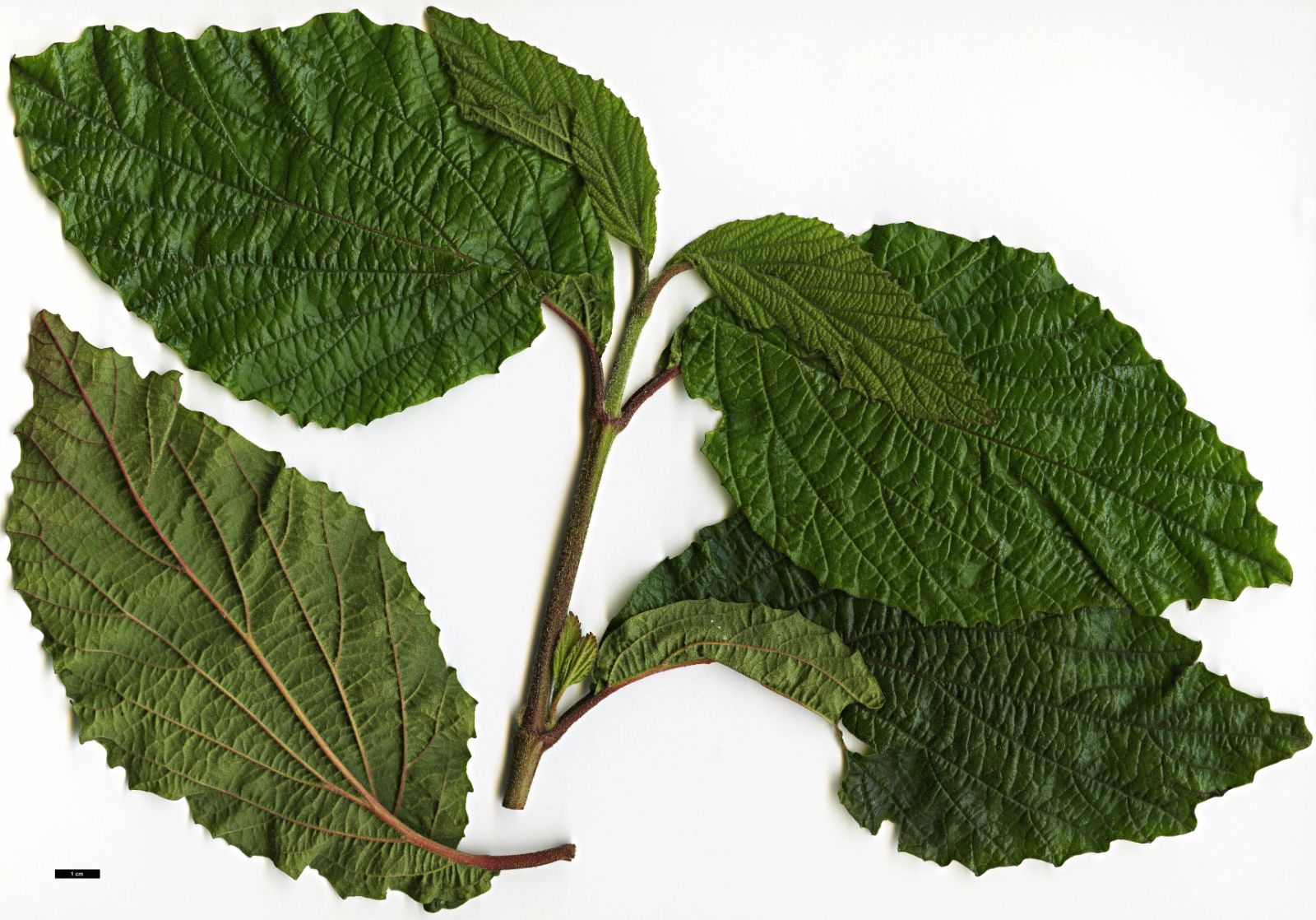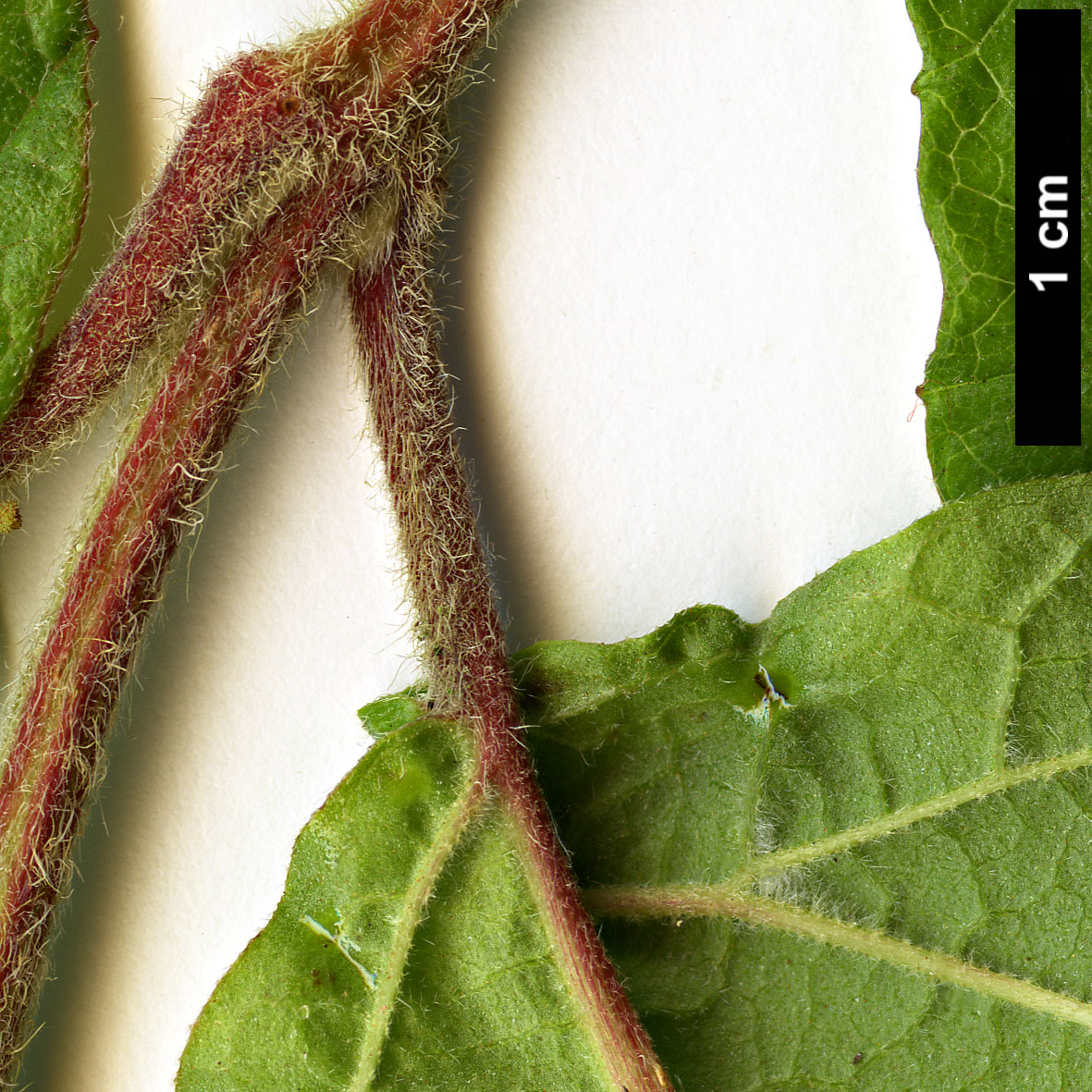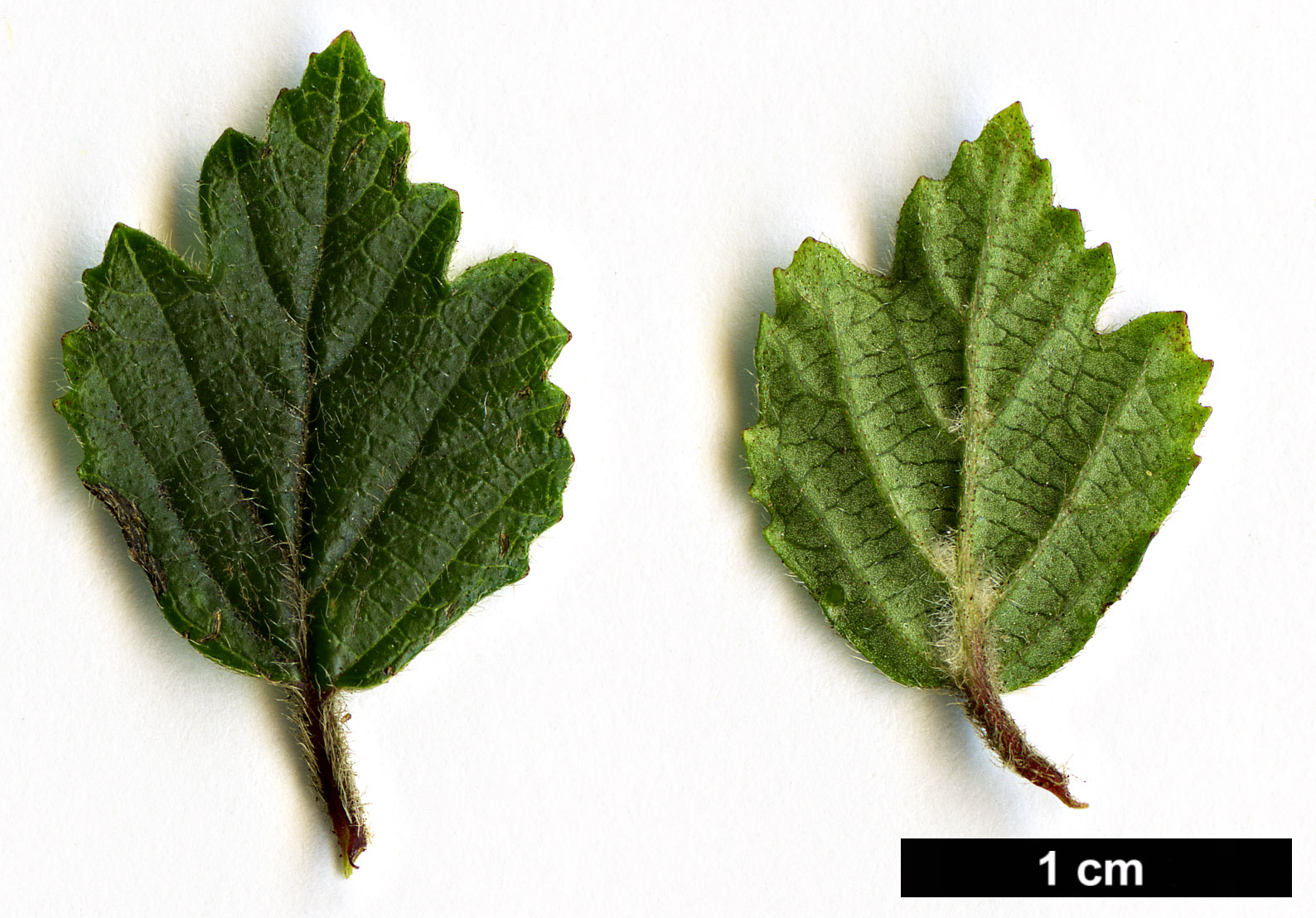Viburnum dilatatum
Credits
Article from Bean's Trees and Shrubs Hardy in the British Isles
Recommended citation
'Viburnum dilatatum' from the website Trees and Shrubs Online (treesandshrubsonline.
Genus
Infraspecifics
Other taxa in genus
- Viburnum acerifolium
- Viburnum betulifolium
- Viburnum × bodnantense
- Viburnum buddleifolium
- Viburnum burejaeticum
- Viburnum × burkwoodii
- Viburnum × carlcephalum
- Viburnum carlesii
- Viburnum cassinoides
- Viburnum cotinifolium
- Viburnum cylindricum
- Viburnum davidii
- Viburnum dentatum
- Viburnum erosum
- Viburnum farreri
- Viburnum foetidum
- Viburnum grandiflorum
- Viburnum harryanum
- Viburnum henryi
- Viburnum hupehense
- Viburnum japonicum
- Viburnum kansuense
- Viburnum lantana
- Viburnum lantanoides
- Viburnum lentago
- Viburnum macrocephalum
- Viburnum molle
- Viburnum nudum
- Viburnum odoratissimum
- Viburnum opulus
- Viburnum phlebotrichum
- Viburnum plicatum
- Viburnum propinquum
- Viburnum prunifolium
- Viburnum rhytidophyllum
- Viburnum rigidum
- Viburnum rufidulum
- Viburnum schensianum
- Viburnum setigerum
- Viburnum sieboldii
- Viburnum suspensum
- Viburnum tinus
- Viburnum utile
- Viburnum veitchii
- Viburnum wilsonii
- Viburnum wrightii
A deciduous shrub, 6 to 10 ft high (sometimes taller), with erect stems; young branchlets very downy. Leaves broadly ovate, roundish or obovate; 2 to 5 in. long, and from half to about as much wide, widely toothed, pointed, tapering, rounded or heart-shaped at the base, hairy on both sides; stalk 1⁄4 to 3⁄4 in. long; veins in five to eight pairs. Flowers pure white, all fertile, 1⁄4 in. across, produced in June in hairy, stalked, mostly five-rayed cymes, 3 to 5 in. across. Fruits bright red, roundish ovoid, 1⁄3 in. long. Bot. Mag., t. 6215.
Native of Japan and China; it first flowered with Messrs Veitch in 1875 and had attained a height of 20 ft in their nursery by 1900. This fine viburnum is remarkably profuse in its flowering, the trusses being produced not only at the top of the branch but from short twigs down the sides as well. It is even more beautiful in its fruits but does not set them freely unless at least two seedlings, or plants of different clones, are grown. Obviously clones of known character are preferable and with this point in mind two were selected and named by Donald Egolf at the United States National Arboretum in 1958 – ‘Catskill’ and ‘Iroquois’ (Baileya, Vol. 14 (1966), pp. 109–12).
f. xanthocarpum Rehd
Fruits yellow. Bot. Mag., n.s., t. 103. Originally described from a plant cultivated in the USA but also known in Japan. Award of Merit 1936.V 'Oneida'
A hybrid between V. dilatatum and V. lobophyllum, raised by Donald Egolf (see above) and selected in 1961. A shrub to about 10 ft high and almost as wide, of tiered habit. Leaves dark green, glossy, variable in shape, up to 4 in. long. Flowers creamy white in trusses up to almost 6 in. wide, mostly in May but then intermittently, so that some flowers are still borne when the dark red glossy fruits are ripe (Baileya, loc. cit., pp. 115–17).V parvifolium Hayata
A sparsely branched, slow-growing shrub, making short annual growths. Leaves ovate or broad-elliptic, to about 1 in. long, glossy on both sides, hairy on the veins beneath, jaggedly toothed; lateral veins in four to six pairs, impressed above and prominent beneath. Flowers in hairy cymes about 1 in. wide. Fruits described as oblong to globose, red, about {3/8} in. long. Native of the mountains of Formosa. Perfectly hardy, but rare in cultivation.

